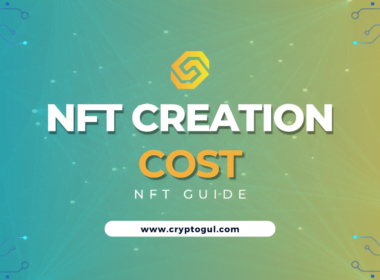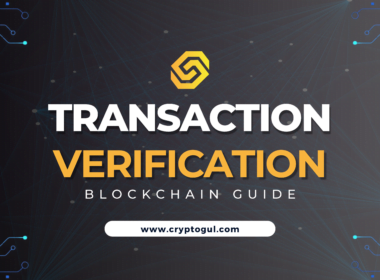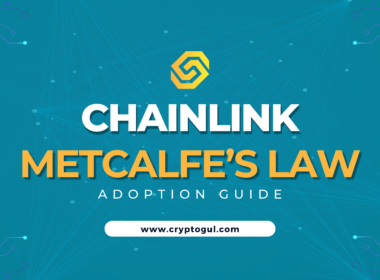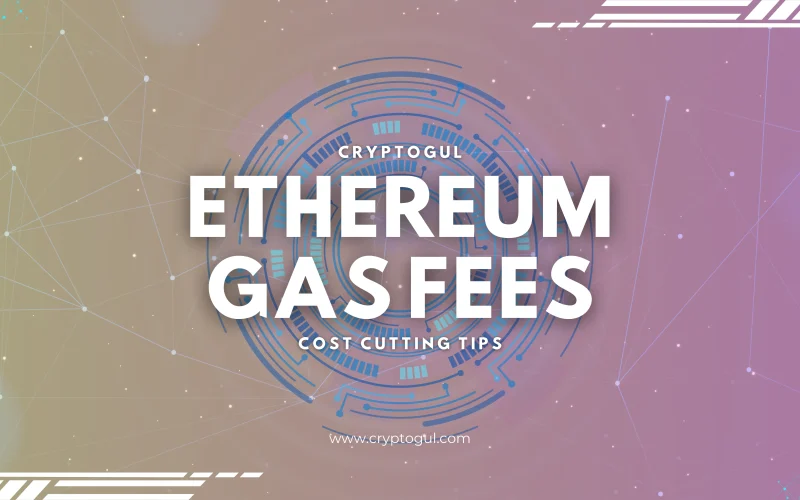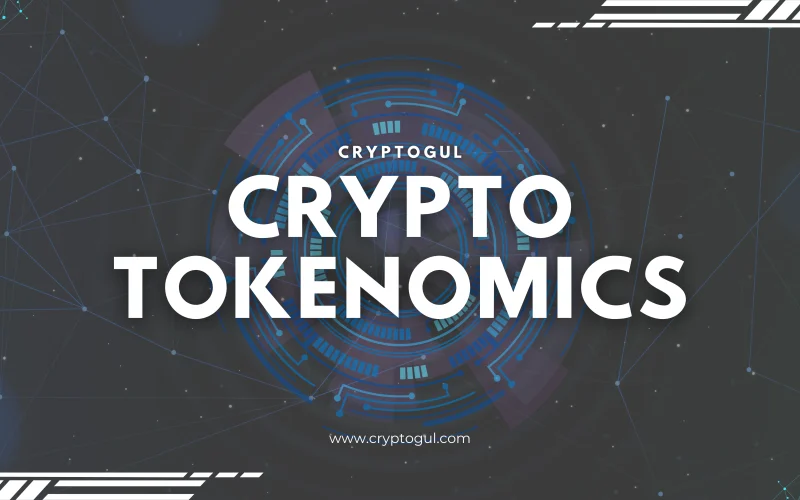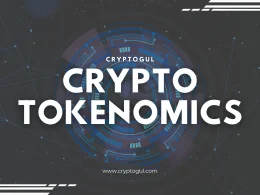Ethereum gas fees are transaction costs incurred by users when interacting with the Ethereum network. These fees serve as an incentive for miners to validate and process transactions, ensuring the security and functionality of the network.
However, gas fees can sometimes become prohibitively high, especially during periods of network congestion.
In this article, we will discuss strategies and tips to help you slash Ethereum gas fees and make the most of your transactions.
Why Ethereum Gas Fees Matter
Gas fees play a crucial role in the Ethereum ecosystem, as they help allocate network resources efficiently and deter spam transactions.
Users must pay gas fees to execute smart contracts, transfer tokens, or interact with decentralized applications (dApps) on the Ethereum network.
High gas fees can make transactions expensive, affecting user experience and adoption. Thus, understanding how to minimize gas fees is essential for both end-users and developers.
Factors Affecting Ethereum Gas Fees
Several factors affect Ethereum gas fees, including:
Network Congestion
When the Ethereum network is congested with many pending transactions, users must pay higher gas fees to ensure their transactions are processed quickly.
In periods of high demand, such as during popular ICOs or the release of popular dApps, network congestion can lead to a significant increase in gas fees.
Gas Price
Gas price, measured in Gwei (1 Gwei = 0.000000001 Ether), determines the cost of each unit of gas. Users can set their gas price when initiating a transaction, and miners prioritize transactions with higher gas prices.
If you set a lower gas price, your transaction might take longer to process but will cost less.
Gas Limit
Gas limit represents the maximum amount of gas a user is willing to spend on a transaction. The more complex a transaction (e.g., interacting with a smart contract), the higher the gas limit required.
If a transaction consumes more gas than the set limit, it will fail, and the user will lose the gas fees paid.

Strategies to Slash Ethereum Gas Fees
There are several strategies you can use to reduce Ethereum gas fees:
Adjusting Gas Price
By manually adjusting the gas price in your Ethereum wallet, you can control how much you’re willing to pay for a transaction. Keep in mind that setting a low gas price may result in a slower transaction, as miners prioritize transactions with higher gas prices.
Timing Transactions
Gas fees tend to be lower during periods of low network activity. By timing your transactions during off-peak hours or when network congestion is low, you can save on gas fees. You can use tools like Etherscan’s Gas Tracker or ETH Gas Station to monitor gas prices and determine the best time to execute your transactions.
Utilizing Layer 2 Solutions
Layer 2 solutions, such as Optimism, zkSync, or Polygon, aim to improve the scalability and efficiency of the Ethereum network by handling transactions off-chain. By using these solutions, you can significantly reduce gas fees and achieve faster transaction times.
Leveraging Gas Tokens
Gas tokens, such as Chi or GST2, allow users to “store” gas when prices are low and use it when prices increase. By minting gas tokens when gas prices are low, you can effectively hedge against future gas price spikes.
Popular Ethereum Wallets with Gas Fee Management Features
Several Ethereum wallets offer gas fee management features that can help you optimize your transactions and minimize gas fees:
MetaMask
MetaMask is a popular browser-based Ethereum wallet that allows users to adjust gas prices and gas limits manually. It also provides a “slow,” “average,” and “fast” gas price suggestion based on current network conditions.
Argent
Argent is a mobile Ethereum wallet that offers a simple user interface for adjusting gas fees. It also includes an “autospeed” feature that automatically adjusts gas prices based on network congestion to optimize transaction times.
MyEtherWallet (MEW)
MyEtherWallet is a web-based Ethereum wallet that allows users to customize gas fees and limits. It also offers gas price recommendations based on current network conditions.
Ethereum Improvement Proposals (EIPs) and Their Impact on Gas Fees
Ethereum Improvement Proposals (EIPs) are community-driven initiatives to improve the Ethereum protocol. Some EIPs have a direct impact on gas fees:
EIP-1559
EIP-1559, introduced in August 2021, changed Ethereum’s fee market by implementing a base fee and a priority fee (or tip) for miners.
The base fee, which is burned, adjusts dynamically based on network congestion, providing a more predictable fee structure. While EIP-1559 has not directly reduced gas fees, it has made them more predictable and transparent for users.
EIP-4488
EIP-4488, proposed in November 2021, aims to reduce gas fees for specific types of transactions, such as those involving zero-knowledge proofs. However, this proposal is still under discussion and has not been implemented yet.
The Future of Ethereum Gas Fees: Ethereum 2.0
Ethereum 2.0, the long-awaited upgrade to the Ethereum network, promises to improve scalability, security, and energy efficiency.
One of the primary goals of Ethereum 2.0 is to reduce gas fees through the implementation of sharding and a switch from Proof of Work (PoW) to Proof of Stake (PoS) consensus. While the full implementation of Ethereum 2.0 is still in progress, its completion is expected to have a significant impact on gas fees.
Conclusion
By understanding the factors affecting gas fees and implementing strategies such as adjusting gas prices, timing transactions, utilizing Layer 2 solutions, and leveraging gas tokens, you can slash Ethereum gas fees and optimize your transactions.
As the Ethereum ecosystem continues to evolve with new EIPs and the upcoming Ethereum 2.0 upgrade, we can expect gas fees to become more manageable and predictable in the future.
If you set your gas price too low, your transaction may take a long time to be processed, or it might not be processed at all. Miners prioritize transactions with higher gas prices, so a low gas price can result in your transaction being left unconfirmed.
Yes, you can cancel or replace a pending Ethereum transaction by submitting a new transaction with the same nonce, but with a higher gas price. This will incentivize miners to process the new transaction and “overwrite” the previous one.
Gwei is short for gigawei, a unit of Ether (ETH) equal to 0.000000001 Ether. It’s used to measure gas prices because it provides a more practical and manageable unit for expressing the cost of transactions on the Ethereum network.
Layer 2 solutions, such as Optimism, zkSync, or Polygon, enable off-chain transaction processing by using sidechains, rollups, or other mechanisms. This offloads some of the transaction volume from the main Ethereum network, reducing congestion and resulting in lower gas fees for users.
Ethereum 2.0 aims to significantly reduce gas fees through improved scalability and a shift from Proof of Work to Proof of Stake consensus. However, it is unlikely to eliminate gas fees entirely, as they serve as a vital mechanism for allocating network resources and deterring spam transactions.


